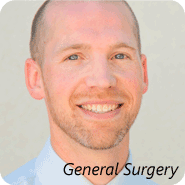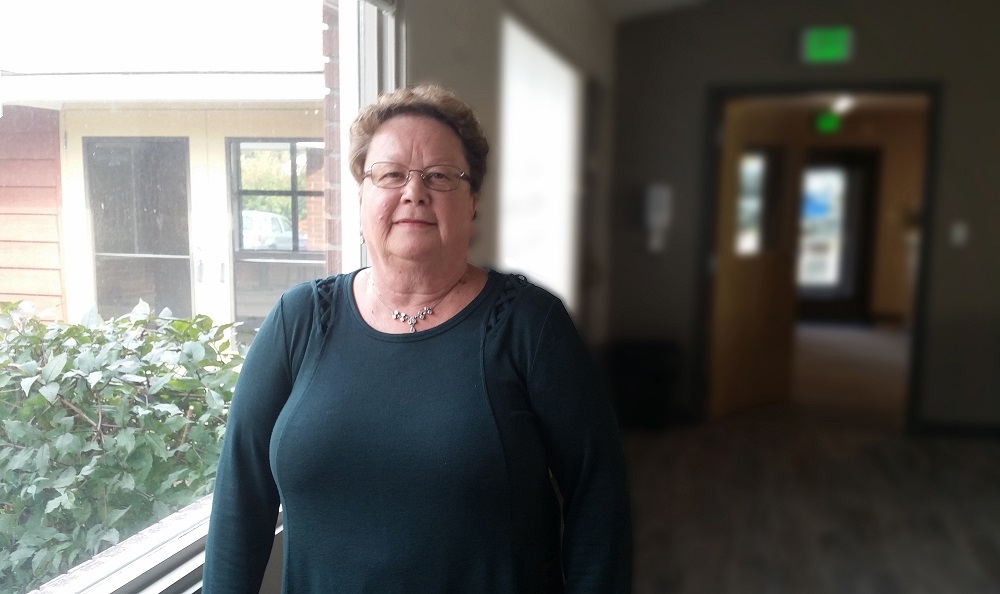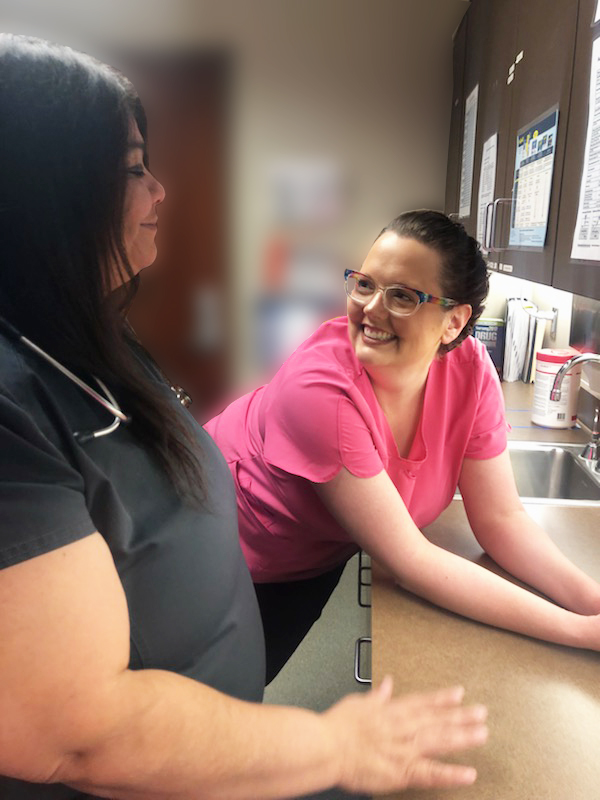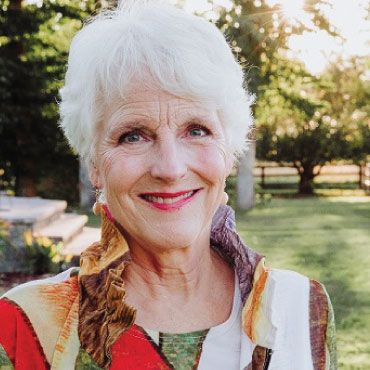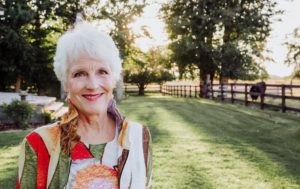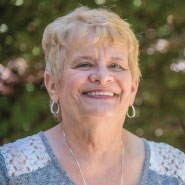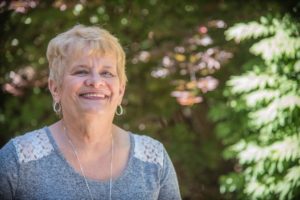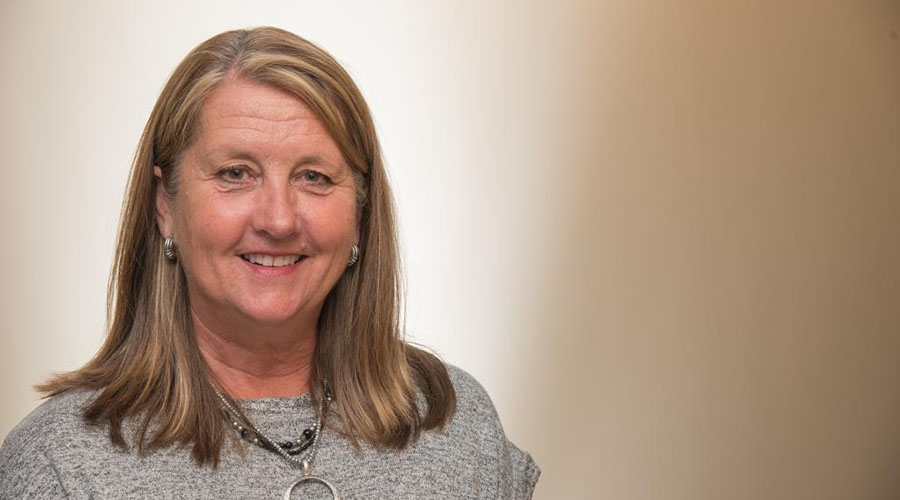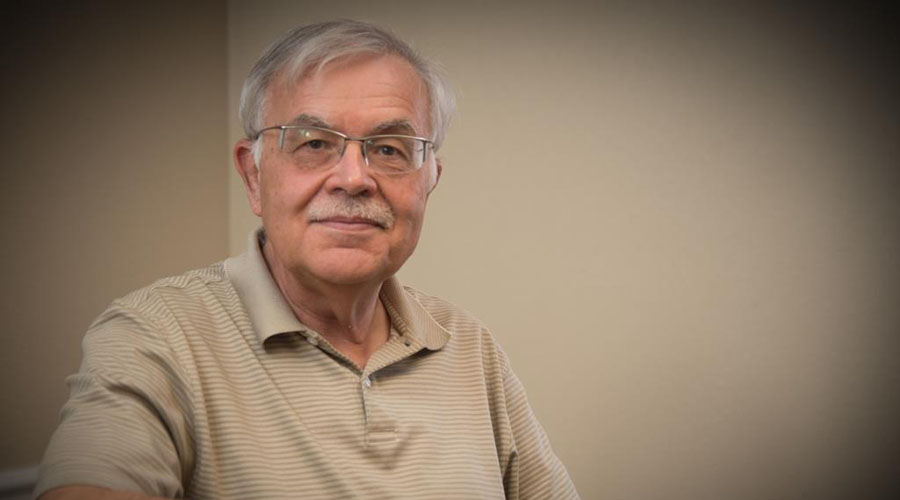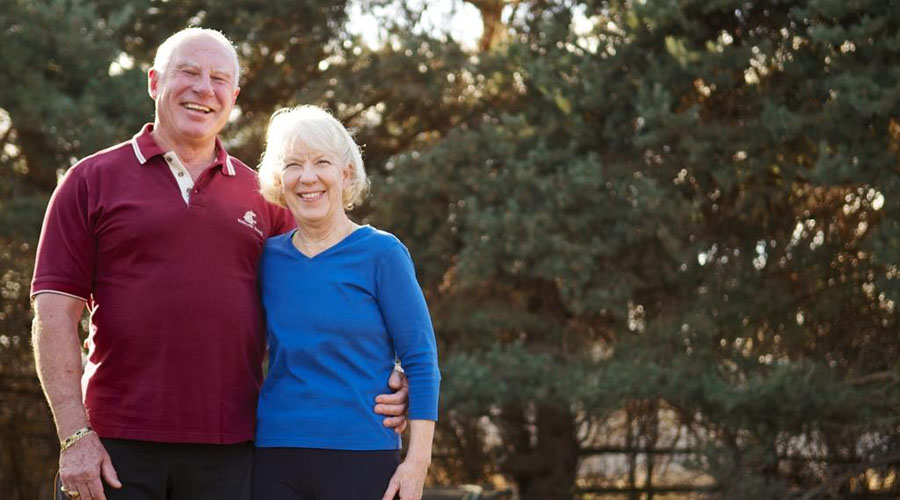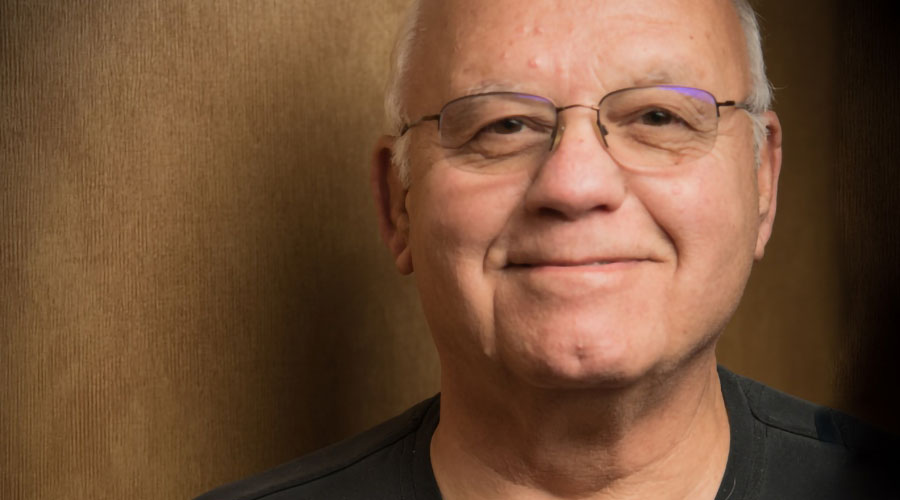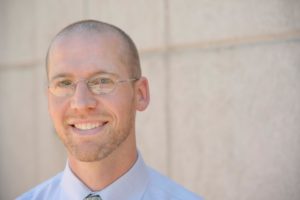
He loves tools, working with his hands and problem solving. He was headed toward a career in mechanical engineering. Then a stint in a tissue engineering lab as a graduate student at Case Western Reserve University working with equipment that tested cadaver bone put Dr. Tom Penoyar of KVH General Surgery on a different path.
Penoyar enrolled in biology and chemistry courses, finishing the prerequisites for medical school and his master’s in mechanical engineering at almost the same time. He went on to the University of Washington School of Medicine followed by an internship at Beth Israel Deaconess Medical Center in Boston, a teaching hospital affiliated with Harvard Medical School. Finally, he completed a surgical residency at Lahey Medical Center in Burlington, Mass., a teaching hospital affiliated with Tufts University.
When it came time to launch his practice, Penoyar and his wife Lauren, now parents of three children aged 6 months to four years, wanted a place where recreation was close at hand and family wasn’t far away. “My whole family is in Washington State. We knew we would come back here,” says Penoyar who grew up in the small town of South Bend, Washington, the third of five siblings whose parents are lawyers.
As a teenager he was into hot rods, his “lifted” truck and mud-bogging. As an adult, he’s an active outdoor enthusiast whose interests range from mountaineering and back country skiing to ice climbing, rock climbing and snowmobiling.
Convinced the eastern slopes of the Cascades offer the best opportunities for recreation, “my approach was that if we could find an appealing opportunity in the region we’d take it,” he says. And they did.
Penoyar says Ellensburg offered “lots of well-educated people who are a joy to be around,” groups of active recreationists who share their interests and a house he and Lauren love.
In September 2015, he opened his practice at KVH General Surgery. At 35, he’s the youngest member of the staff and relishes the chance to work alongside seasoned veterans. “I much prefer talking with someone like that than someone with the same age and experience as me,” he says, adding that he also enjoys sharing some of the newer techniques in minimally invasive laparoscopic surgery that he’s learned along the way.
In contrast to conventional surgery, laparoscopy uses small incisions and specialized instruments to manipulate tools at the end of a rod. While not appropriate in every situation, when it is it can reduce recovery times for patients.
Penoyar says surgery suits him not just because of the technical challenge involved but also because of the unknown. “There have been many occasions when you dive into the surgery and find something that is not what you were expecting,” he says.
Sometimes those experiences are unforgettable. Case in point: an emergency surgery during his residency.
A middle-aged woman who had undergone gastric bypass surgery years earlier arrived at the emergency room with acute abdominal pain, her abdomen so swollen she screamed when it was touched. “We went straight to the operating room,” he recalls. “It looked bad. Her small intestine was dusky gray. There was no blood flowing to it.
“It was life-threatening so it was stressful. It was dramatic for everyone in the room.”
Ten minutes into the surgery Penoyar and the surgeon working with him discovered that the woman’s small intestine had worked its way through a small hole that had formed as a result of her previous surgery, cutting off oxygen to the intestine. “We found the hole and, inch by inch began pulling her small intestine back through the hole,” Penoyar recalls. “As it came back, it went from ash gray to pink. We finished and put three or four stitches in to close the hole.”
Then Penoyar and the other surgeon sank down onto chairs. “We were physically and emotionally spent,” he says, recalling that moment.
Two days later their patient walked out of the hospital.
“I like the technical aspect of the surgical field, the problem solving, the definitive therapy of it when the last stitch is placed,” says Penoyar. “I like having something real and tangible to offer patients.”
Want to know more? See Dr. Penoyar’s medical education and clinic information here.
